August 6, 2018
Government launches challenge to shape future transportation strategies
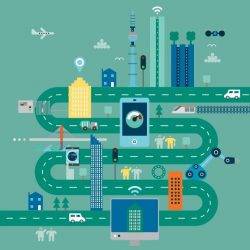 The UK government has begun work on its Future of Mobility Grand Challenge. First announced in May, the government believes the initiative has the potential to make the UK a world leader in strategies for moving people and goods. The announcement includes two calls for evidence, the first focused on improving first mile/last mile transportation connections, with a focus on electric vehicles and microtransit. The second addresses the more general issue of new technology and trends for urban transport. The government also claims the move will address changes in working cultures including lower levels of commuting and flexible working.
The UK government has begun work on its Future of Mobility Grand Challenge. First announced in May, the government believes the initiative has the potential to make the UK a world leader in strategies for moving people and goods. The announcement includes two calls for evidence, the first focused on improving first mile/last mile transportation connections, with a focus on electric vehicles and microtransit. The second addresses the more general issue of new technology and trends for urban transport. The government also claims the move will address changes in working cultures including lower levels of commuting and flexible working.





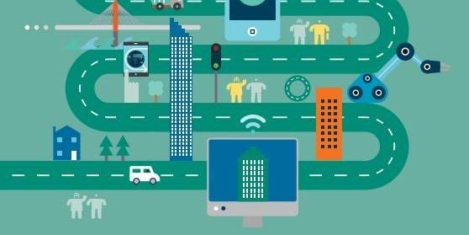


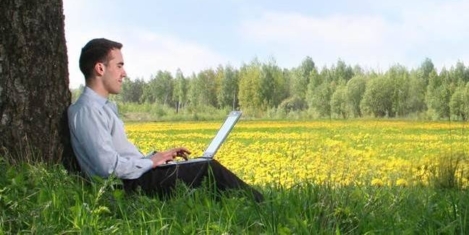
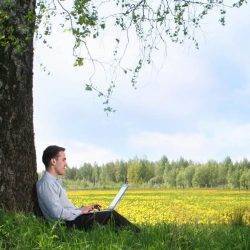
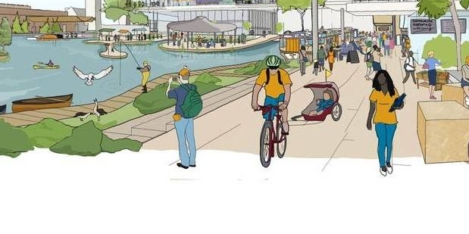
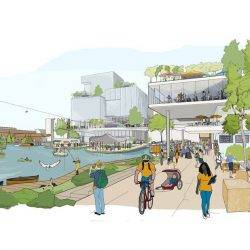




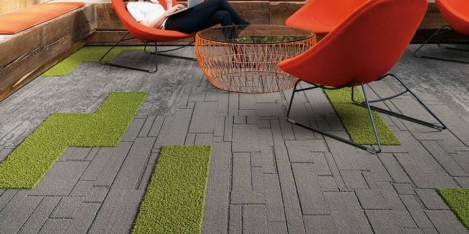
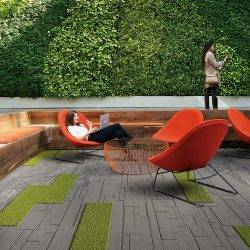
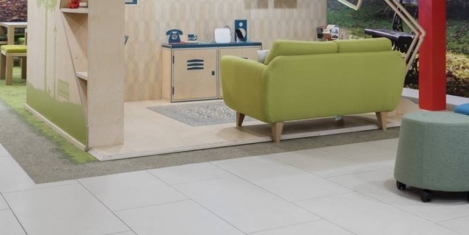
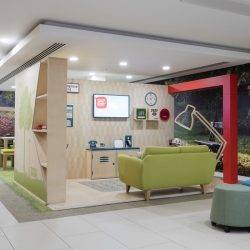
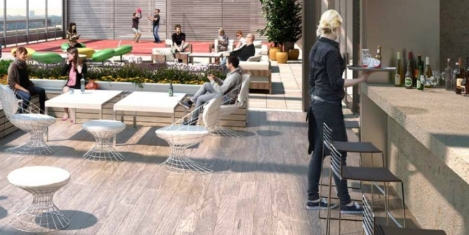
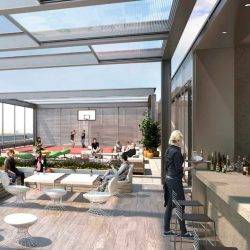








May 18, 2018
The toxic workplace is not only about culture, but is a very real physical problem
by Johanna Ljunggren • Comment, Environment, Workplace design
(more…)